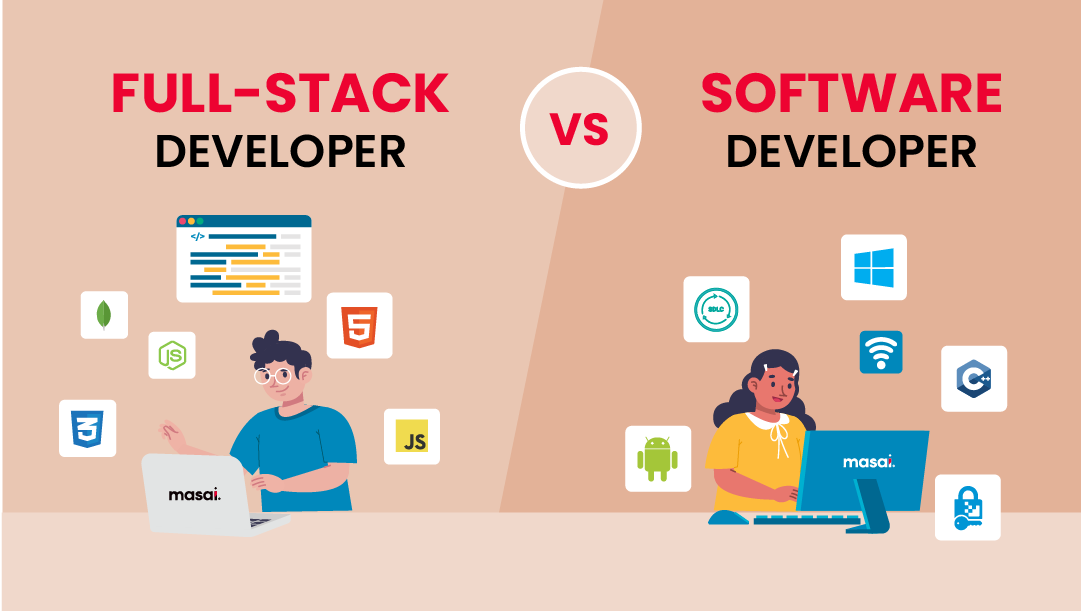Discover the Advantages of Nearshore Software Development for Your Team
Dedicated Developers vs. In-House Teams: Which Is Right for You?
The choice in between using devoted designers and keeping an in-house group is a considerable one that can affect the trajectory of your tasks and total business technique. Conversely, internal teams add to a cohesive company society and a nuanced understanding of lasting objectives.
Comprehending Dedicated Designers
The expanding need for specialized skills in the tech market has resulted in the development of devoted designers as a sensible remedy for lots of companies. These experts are normally contracted on a job basis, permitting companies to leverage particular expertise without the lasting commitment related to permanent hires. Dedicated programmers are typically ingrained within a customer's team, providing adaptability and scalability to satisfy task demands.
This model permits companies to access a worldwide talent swimming pool, which is particularly advantageous in a rapidly progressing technical landscape. Dedicated developers can be sourced from different geographical locations, making certain that companies can discover the appropriate capability at affordable prices. They commonly bring a wide range of experience and expertise, having worked with diverse projects across different industries.
Additionally, devoted developers can focus exclusively on the tasks available, improving productivity and performance. They are equipped to incorporate perfectly into existing process, collaborating closely with internal teams to attain job goals. This technique not only lowers the burden of employment and training but likewise permits companies to continue to be active, adjusting quickly to altering market demands and technical innovations.
Benefits of In-House Teams

Additionally, in-house groups often tend to have a much deeper understanding of the firm's mission, values, and goals. This alignment can boost employee engagement and motivation, as staff member really feel extra attached to their job and the company's success. In addition, having a committed in-house team enables better alignment of methods and objectives, as these participants are consistently concentrated on the firm's concerns.
In-house teams additionally facilitate quicker decision-making processes, as they can react a lot more rapidly to changes and challenges. The well-known partnerships and experience with company methods enable for structured process and lowered miscommunication. Eventually, the combination of a cohesive culture, alignment with business goals, and efficient communication makes internal teams a useful possession for many organizations, especially those seeking to grow long-lasting growth and advancement.
Expense Considerations
When examining cost factors to consider, both committed designers and internal teams existing distinctive monetary ramifications for companies. Involving devoted developers usually involves a pay-per-project or hourly rate design, which can be affordable for organizations with changing job needs. This technique enables flexibility in scaling sources up or down, making certain that firms just spend for the solutions they need.
On the other hand, internal teams involve find this taken care of expenses, including salaries, advantages, and overhead expenses such as office and tools. While this design supplies better control and prompt availability of sources, it may bring about higher long-term expenses, particularly if the work does not warrant a full time team.
Additionally, companies should consider the hidden costs related to employment and training of internal employees, which can even more stress budget plans. Sometimes, the time and resources invested in handling an in-house team can detract from the company's core service goals.

Task Management and Flexibility
Job monitoring and flexibility are crucial elements that affect the choice between dedicated designers and in-house teams. Dedicated teams typically have established procedures for taking care of jobs efficiently, leveraging certain methodologies like Agile or Scrum, which assist in iterative progression and adaptability.

Inevitably, the selection between committed programmers and in-house teams depends upon the desired level of adaptability and the certain project monitoring demands. Companies must review their functional characteristics, task intricacy, and resource accessibility to identify which alternative aligns best with their tactical goals.
Making the Right Choice
Choosing the appropriate development strategy-- in-house groups or dedicated developers-- needs a careful assessment of various aspects that align with a firm's calculated goals. software development staff augmentation. Consider the nature of the job. If it demands specialized abilities or a quick scale-up, dedicated developers might be preferable. On the other hand, in-house groups can provide far better connection and combination with existing personnel.
Next, assess your budget plan. Devoted designers typically provide an affordable option for temporary jobs, while internal groups might sustain higher lasting expenses due to wages, benefits, and click expenses prices. Assess the degree of control and cooperation preferred; internal groups generally foster stronger communication and placement with company society.
If immediate outcomes are required, dedicated developers can be onboarded swiftly, whereas building an in-house team takes time for employment and training. If continual development is essential, investing in an internal group might yield much better returns over time.
Conclusion
In verdict, the choice in between specialized developers and internal groups hinges on task needs and business objectives. Conversely, internal groups cultivate a natural culture and much deeper placement with lasting goals.
The choice between using specialized programmers and maintaining an internal team is a significant one that can influence the trajectory of your jobs and general service strategy.Task administration and adaptability are critical aspects that affect the choice between internal teams and devoted designers. nearshore software development.In contrast, internal teams might stand out in maintaining a regular job management framework due to their experience with the organization's culture and lasting goals. Committed designers commonly provide a cost-effective option for short-term tasks, while in-house groups may incur greater long-term costs due to wages, advantages, and expenses costs.In final thought, the decision in between devoted developers and internal teams pivots on job demands and organizational purposes